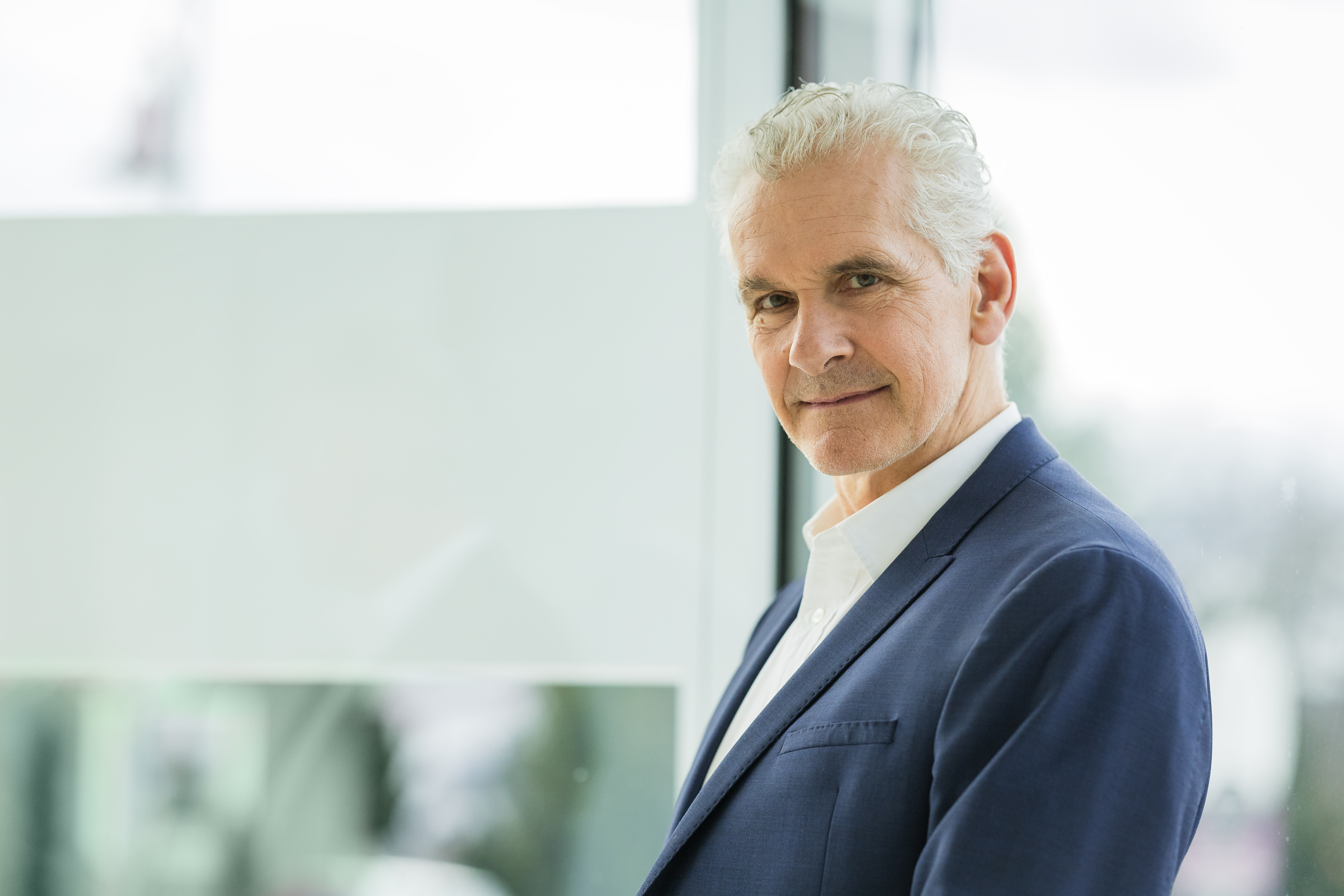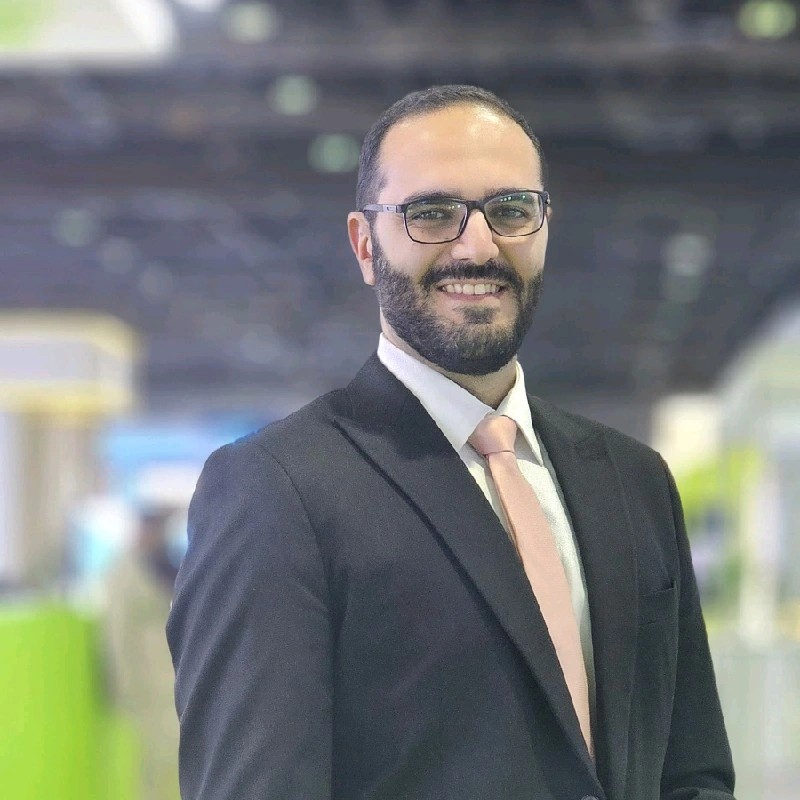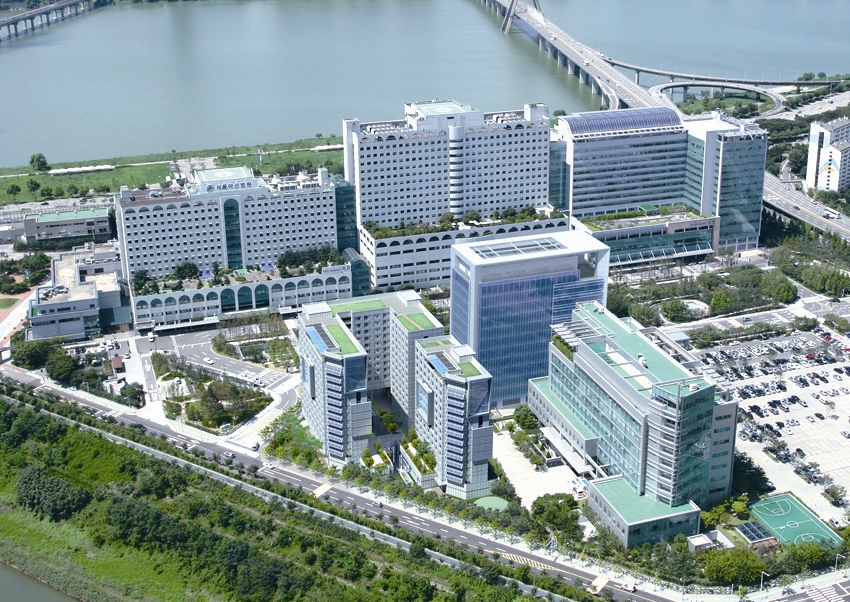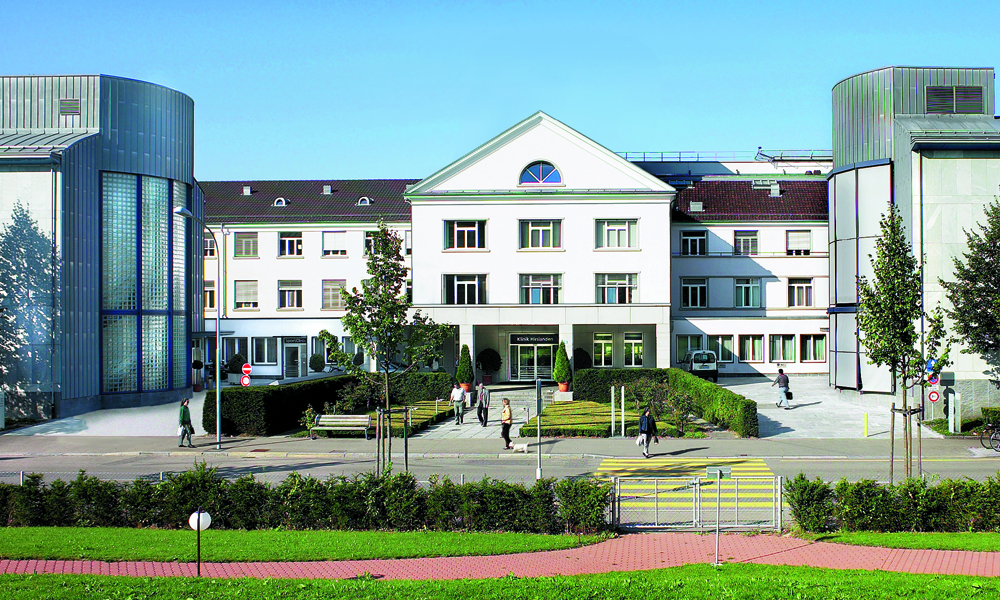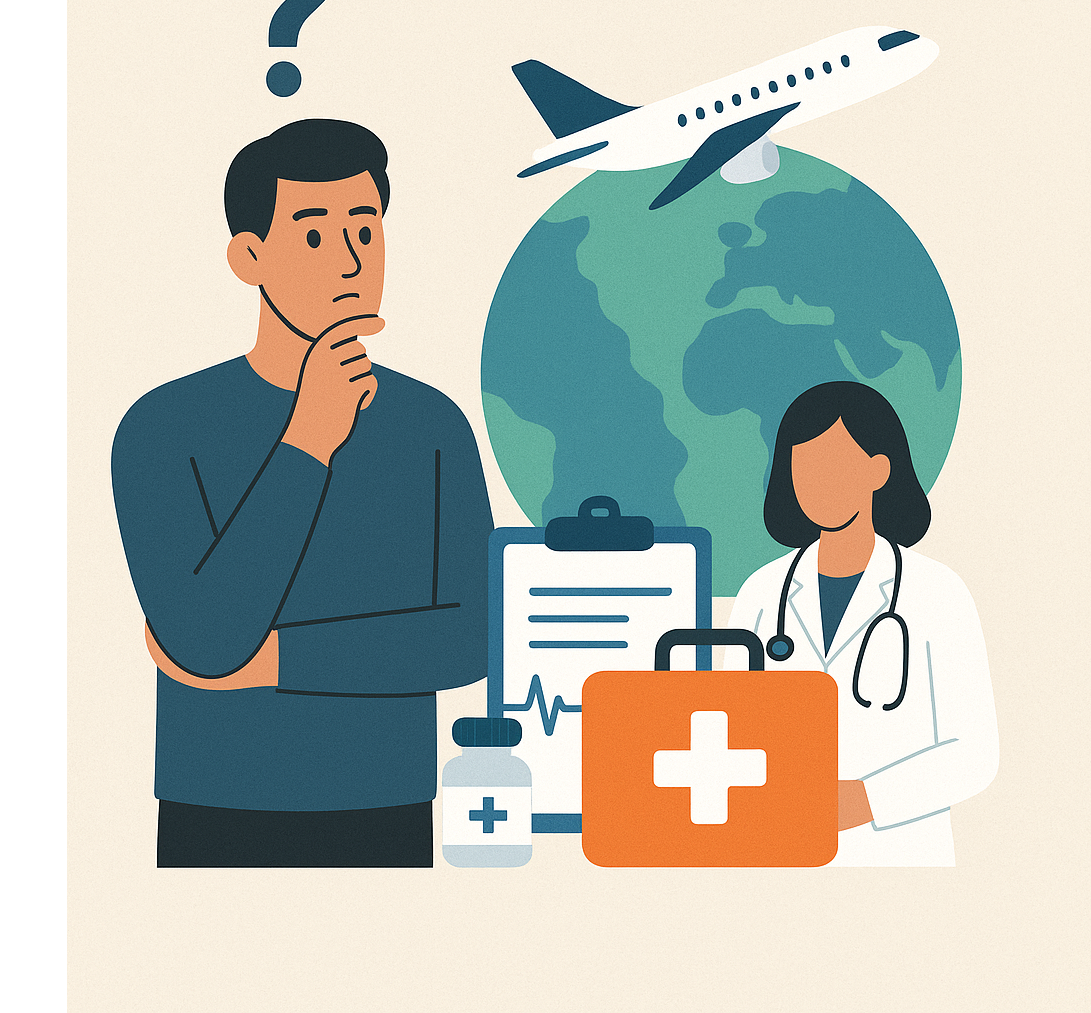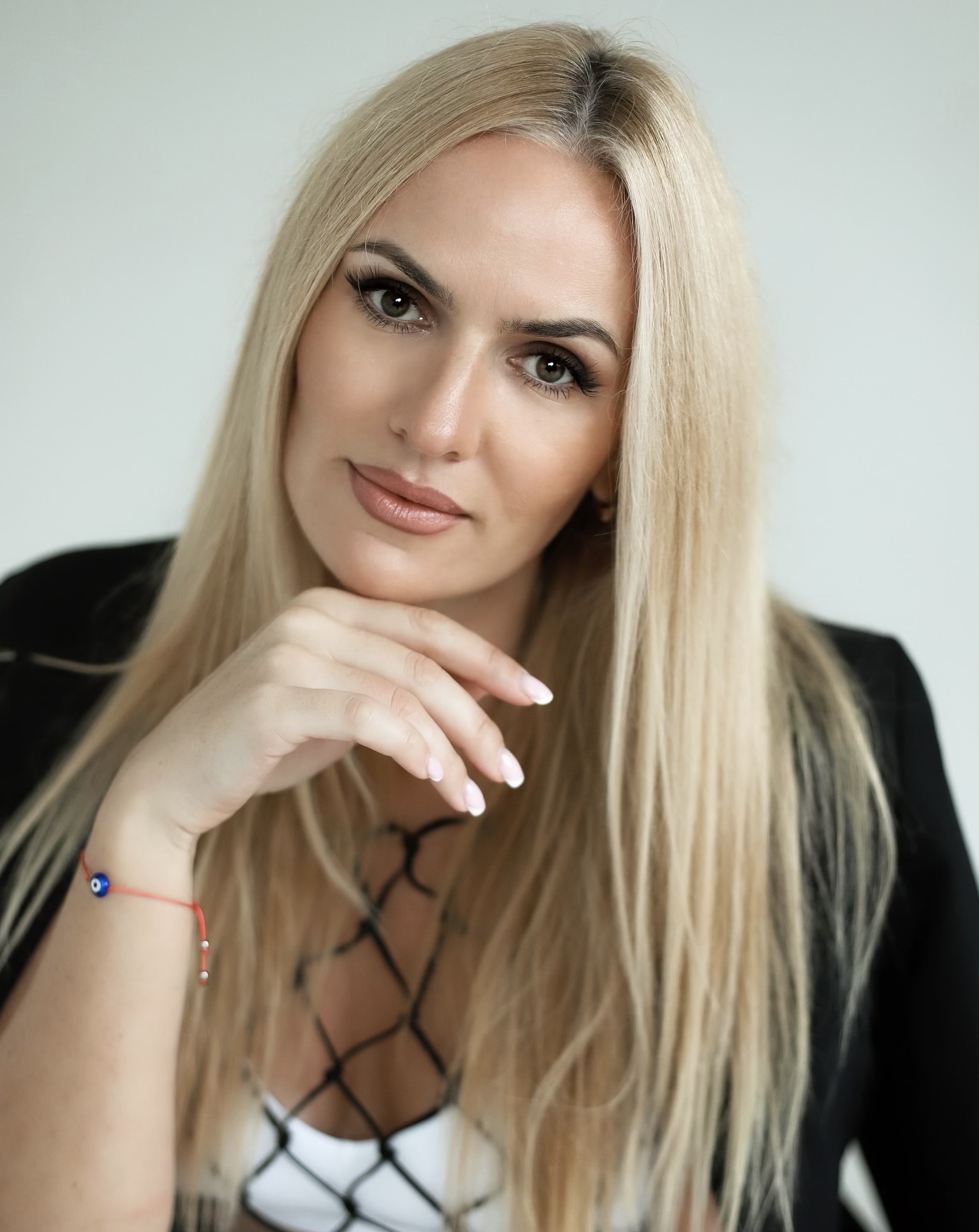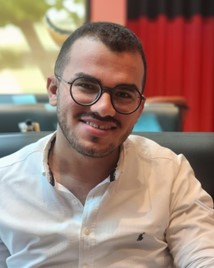Some wellness-like activities such as walking, healthy eating, and relaxation are just as
important as preventive examinations done by a family physician. All these factors are
important and make a significant contribution to human life expectancy, but Longevity takes it
very seriously and claims to be able to do much more.
1.Longevity
From a scientific point of view, Longevity, sometimes also referred to as anti-aging, follows a
multidisciplinary scientific approach to understanding the mechanisms of aging, identifying
potential interventions, and developing strategies to promote Longevity and delay, prevent, or
reverse age-related diseases with a special focus on quality of life at all times. Those who
want to prevent a stroke should begin comprehensive Longevity medicine in their forties.
Those who want to improve their body styling should start in their thirties
Diagnosis: As far as the medical approach is concerned, a comprehensive diagnosis must be
the very beginning. Predictive genetic testing is a set of examinations to detect disease-
causing (pathogenic) changes or mutations in genetic material. Behind this are many other
medical and laboratory diagnostic approaches. An in-depth medical interview must be
another part of the diagnostic process.
Interventions: The range of interventions in a tourist Longevity resort can, for example,
comprise the following items:
1. Nudging: A term that suggests a construction approach related to architecture, that
encourages exercise. This includes well-designed staircases that discourage the use of
elevators and instead encourage taking the stairs. Nudging also includes, for example, the
approach of keeping the bedroom slightly cool to reduce the risk of nocturnal and heat-
related strokes.
2. Lifestyle: Encompasses a comprehensive range of services focusing on exercise, nutrition,
and relaxation
3. Heat and cold interventions.
4. Light therapy including cold laser (Photobiomodulation, PBM).
5. Infusions with nutrients, NAD+ Booster, etc.
6. Dietary Supplements.
7. Hormones (Hormone Replacement Therapy, HRT).
8. Pharmacological interventions (Metformin, Rapamycin (mTOR), Senolytics).
9. Interventions on cellular level (IHHT etc.)
10. Minimally invasive cosmetic surgery (e.g. thread lifting).
There are other treatments as well (Nanotechnology, Cryonics), but they should preferably
take place in a hospital.
The goal is to provide the patient with a personalized manual as part of highly individualized
Longevity medicine, in which the patient's risk factors are predicted, along with information
on how to avoid them. We want to inform the forty-year-old patients how they can prevent or
at least delay dementia or a stroke if both are predicted for the age of sixty.
2. Longevity in a tourist setting
As far as hotels are concerned, Longevity may serve as a brand-new positioning within the
hotel market that does not deal with soft-medical issues such as wellness and pampering,
but with high-tech medical interventions that take place in a luxury environment embedded in
stunning natural surroundings.
Target groups that may be attracted to a Longevity resort might be as follows:Those
interested in a pampering resort that also offers high-quality medical interventions (age 35+).
High performers who want to maintain their professional power (age 40+).Explorers who
want to experience what Longevity means (age 45+).Those seeking medical prevention to
help avoid or postpone disease (age 50+).Retirees longing for many healthy years to
participate actively in the world's development (age 60+).Older individuals who want to play
an active role in their families (age 70+).
Of course, behind the target groups lie different age groups, purchasing power, medical
preferences, and cultures. But they all strive for a longer life with an enjoyable health status.
The contribution of a tourist setting, such as an undisturbed view of mountains or beaches,
relaxing facilities like pools and saunas, and relaxing treatments such as massages,
contributes sustainably to human health. A high number of research articles in the field of
consumer research prove that,at least in wellness hotels, relaxation is one of the most
important instruments to reach a state of tranquility at the end of a stay in a hotel. The
means-end-chain logic in wellness-driven hotels often starts with relaxation and ends in
power, performance, and perfection, but not explicitly in a longer lifespan.This is what the
Longevity approach stands for.
Besides the great healing opportunities, a Longevity resort also offers remarkable economic
success. More treatments are sold, the treatments last longer, and due to medical success,
patients return more frequently. In an average wellness hotel in Central Europe, guests book
approximately 0.2 treatments per overnight stay. In medical hotels, there are more than 2
treatments per day. However, it must be considered that investments in a Longevity resort
are higher than in conventional hotels.
Prof. Dr. Kai Illing
TDC Consulting GmbH
Medical Hotel d.o.o.
